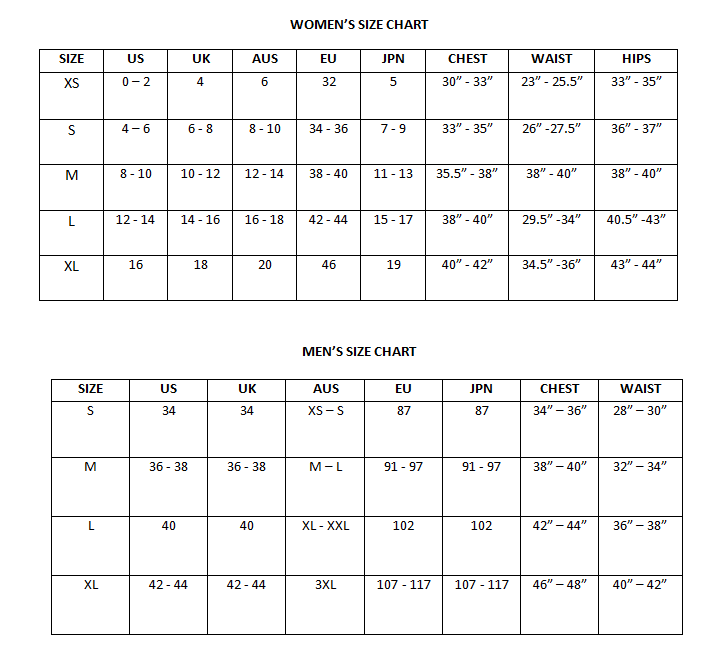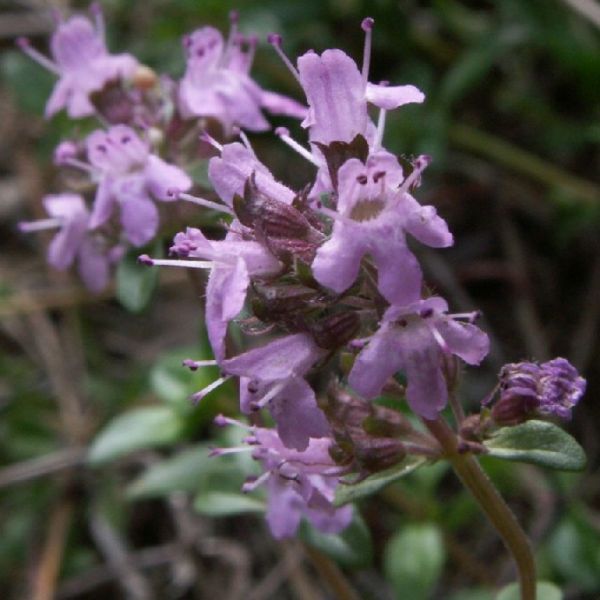Thymus Serpyllum Seeds (Creeping Thyme Seeds)
Thymus Serpyllum Seeds (Creeping Thyme Seeds)
Transform your garden with a fragrant ground cover that blooms with pink flowers and attracts pollinators. Perfect for rock gardens or borders!

Delivery
All orders shipped with UPS Express.
Always free shipping for orders over US $250.
All orders are shipped with a UPS tracking number.
Returns
Items returned within 14 days of their original shipment date in same as new condition will be eligible for a full refund or store credit.
Refunds will be charged back to the original form of payment used for purchase.
Customer is responsible for shipping charges when making returns and shipping/handling fees of original purchase is non-refundable.
All sale items are final purchases.
Help
Give us a shout if you have any other questions and/or concerns.
Email: contact@domain.com
Phone: +1 (23) 456 789
Availability: In stock
SKU
Thymus serpyllum
Thymus serpyllum, known by the common names of Breckland Thyme, Wild Thyme or Creeping Thyme is a species of thyme native to most of Europe and North Africa. It is a low, usually prostrate subshrub growing to 2 cm tall with creeping stems up to 10 cm long, with oval evergreen leaves 3?8 mm long. The strongly scented flowers are either lilac, pink-purple, magenta, or a rare white, all 4?6 mm long and produced in clusters. The hardy plant tolerates some pedestrian traffic and produces odors ranging from heavily herbal to lightly lemon, depending on the plant.
Creeping and mounding variants are used as border plants and ground cover around gardens and stone paths. It may also be used to replace a bluegrass lawn to xeriscape low to moderate foot traffic areas due to its tolerance for low water and poor soils.
| Label | Thymus serpyllum |
|---|---|
| Common name | Creeping Thyme |
| Family | Lamiaceae |
| Genus | Thymus |
| Species | Thymus serpyllum |
| Therapeutic uses | Through distillation, it is a source of oil of Serpolet that is used in herbal medicine. Properties: Anthelmintic; Antirheumatic; Antiseptic; Antispasmodic; Carminative; Deodorant; Diaphoretic; Disinfectant; Disinfectant; Expectorant; Sedative; Tonic. The leaves, and especially the essential oil contained in them, are antiseptic, deodorant, disinfectant and expectorant. The plant can be used fresh at any time of the year, or it can be harvested as it comes into flower and either be distilled for the oil or dried for later use. Other uses: Deodorant; Disinfectant; Disinfectant; Essential; Fungicide; Repellent. The essential oil obtained from the leaves is also used in perfumery and as a mouth wash |
| Germination | Sow the dust-like seeds on the surface of dampened, sterilized seed starting mix under bright light with bottom heat. Keep watering to a minimum, as thyme seedlings are prone to damping off. When seedlings are large enough, harden them off and transplant to the garden or to containers spacing them at 23-38cm (9-15") apart. |
| Price View | Price Range |

